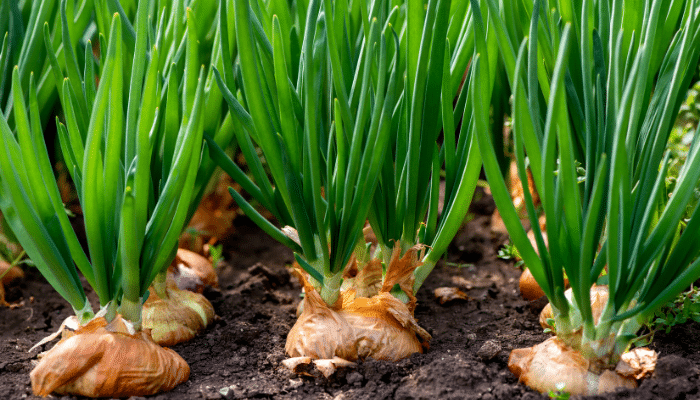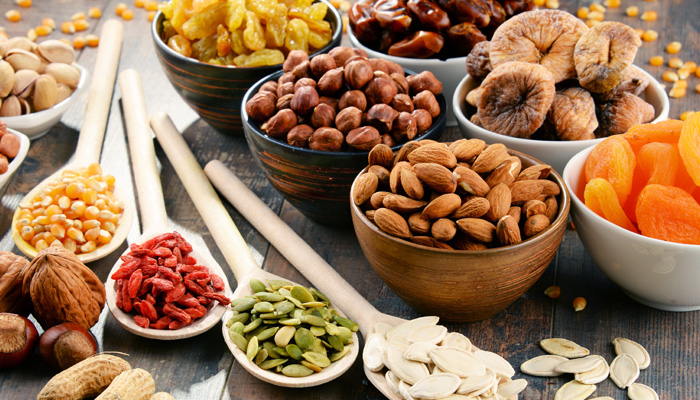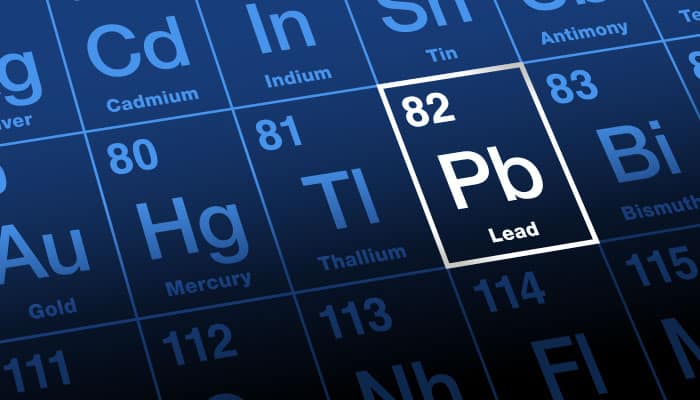
Article réservé aux abonnés


Acrylamide is a substance formed from compounds naturally present in some foods, including asparagine and reducing sugars such as glucose and fructose at temperatures above 120°C and under conditions of low humidity.
According to the EFSA opinion published in 2015, acrylamide has carcinogenic effects for all types of consumers.
Regulation (EU) 2017/2158 introduces specific obligations for operators who produce and place on the market certain foodstuffs, namely the establishment of a programme for their own sampling and analysis of acrylamide levels and the application of specific mitigation measures to achieve acrylamide levels that are as low as reasonably achievable and below the reference levels set by that Regulation.
There are not yet sufficient data available on the presence of acrylamide in foods not covered by Regulation (EU) 2017/2158, but which may have high acrylamide levels and/or may contribute significantly to dietary exposure to acrylamide.
The recently published Recommendation (EU) 2019/1888 concerns the monitoring of the presence of acrylamide in certain foodstuffs.
In order to guide competent authorities and food business operators with regard to the foodstuffs to be monitored, a non-exhaustive list of food categories/foodstuffs shall be established with a view to the adoption of possible risk management measures :
Potato-based products
- - Potato pancakes
- - Croquettes, duchess apples, hazelnuts, etc.
- - Potato gratins (and vegetable gratins)
- - Potato and meat dishes
- - Potato and cheese dishes
Bakery products
- - Buns (hamburger rolls, wholemeal rolls and milk rolls, etc.)
- - Pita bread, Mexican tortillas
- - Croissants
- - Doughnuts
- - Special breads (such as pumpernickel bread, olive ciabatta, onion bread, etc.)
- - Pancakes
- - Crunchy biscuits made from a thin strip of dough and




